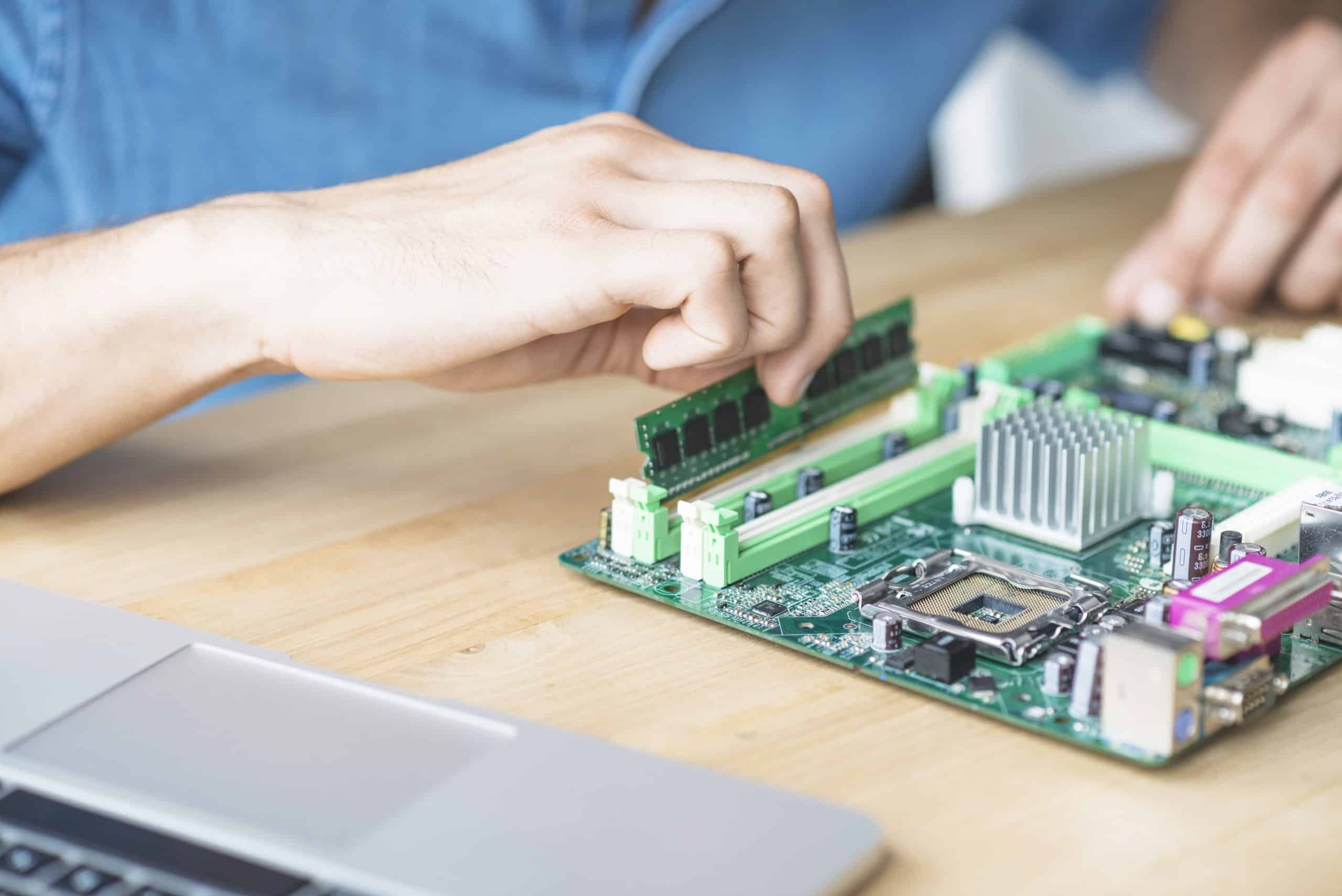Understanding RAM
Generally, the more RAM your system has, the larger the digital countertop you have to work on and the faster your programs will run. If your system is running slowly due to lack of RAM, you might be tempted to increase virtual memory because it’s less expensive. However, adding RAM is a better solution because your processor can read data from RAM much faster than from a hard drive.
RAM has two main attributes that affect your system’s performance: memory capacity and memory speed.
Operating System Limitations
Today, most systems are equipped with a 64-bit operating system. Some systems have older design and utilize a 32-bit (X86) operating system. Before you upgrade your RAM, ensure that your operating system will support the new amount of memory. Microsoft has an excellent listing in the hyperlink below listing Windows versions and the amount of RAM supported: Memory Limits for Windows and Windows Server Releases
Memory Capacity
Memory capacity: The more gigabytes (GB) your memory module has, the more programs you can have open at once.
- 2-4 GB. This was the standard RAM capacity and shipped with systems running Windows Vista or XP. This amount of memory could handle single applications. If your system has less than 4GB of RAM, adding more RAM would greatly improve its performance.
- 4-6 GB. This standard RAM capacity will handle an average user’s tasks, such as web browsing, working in Word documents, and emailing, with ease.
- 6-8 GB. This larger RAM capacity works great for casual gamers and basic multimedia users. It can handle multiple programs open at one time and new technology so that users don’t have to upgrade when their needs change.
- 8+ GB. This robust RAM capacity is perfect for hardcore gamers and high-end multimedia users and creators. These users want to try the newest technology on the market without upgrading their RAM.
Memory Speed: The amount of time that it takes RAM to receive a request from the processor and then read or write data. Generally, the faster the RAM, the faster the processing speed.
With faster RAM, you increase the speed at which memory transfers information to other components. Meaning, your fast processor now has an equally fast way of talking to the other components, making your computer much more efficient.
RAM Speed Explained
RAM speed is measured in Megahertz (MHz), millions of cycles per second, so that it can be compared to your processor’s clock speed. For Dell desktops and laptops, RAM speed can range from the standard 1333MHz all the way up to speeds of 2133MHz. The speed of your processor and the bus speed of the system motherboard are the limiting factors on the speed of RAM installed in your system. RAM upgrades are limited by the capability of the system and the availability of expansion slots for adding RAM. In many cases, upgrading RAM may involve replacing existing RAM modules with larger modules again limited by the capability of the system.
Many tablets, and some entry level portable systems do not have upgradable RAM. Look up your system at the Dell Support Website and check the specifications of the system before purchasing expansion RAM.
Upgrading RAM
If you’re considering upgrading your RAM to improve your computer’s performance, first determine how much RAM your system has and whether the processor uses a 32-bit (X86) or 64-bit register.
Windows 10
- Right click the Start Menu and select System.
- In the System section, next to Installed memory (RAM), you can view the amount of RAM your system has.
- In the System section, under System type, you can view the register your system uses.
Windows 8
- On the Start screen, click the Desktop app to go to the desktop.
- Pause your mouse pointer in the bottom left corner of the desktop and right-click to open the options list.
- On the options list, click System.
- In the System section, next to Installed memory (RAM), you can view the amount of RAM your system has.
- In the System section, under System type, you can view the register your system uses.
Windows 7
- Open the System menu by clicking the Start button, right-clicking Computer and then clicking Properties on the options list.
- In the System section, next to Installed memory (RAM), you can view the amount of RAM your system has.
- In the System section, under System type, you can view the register your system uses.


